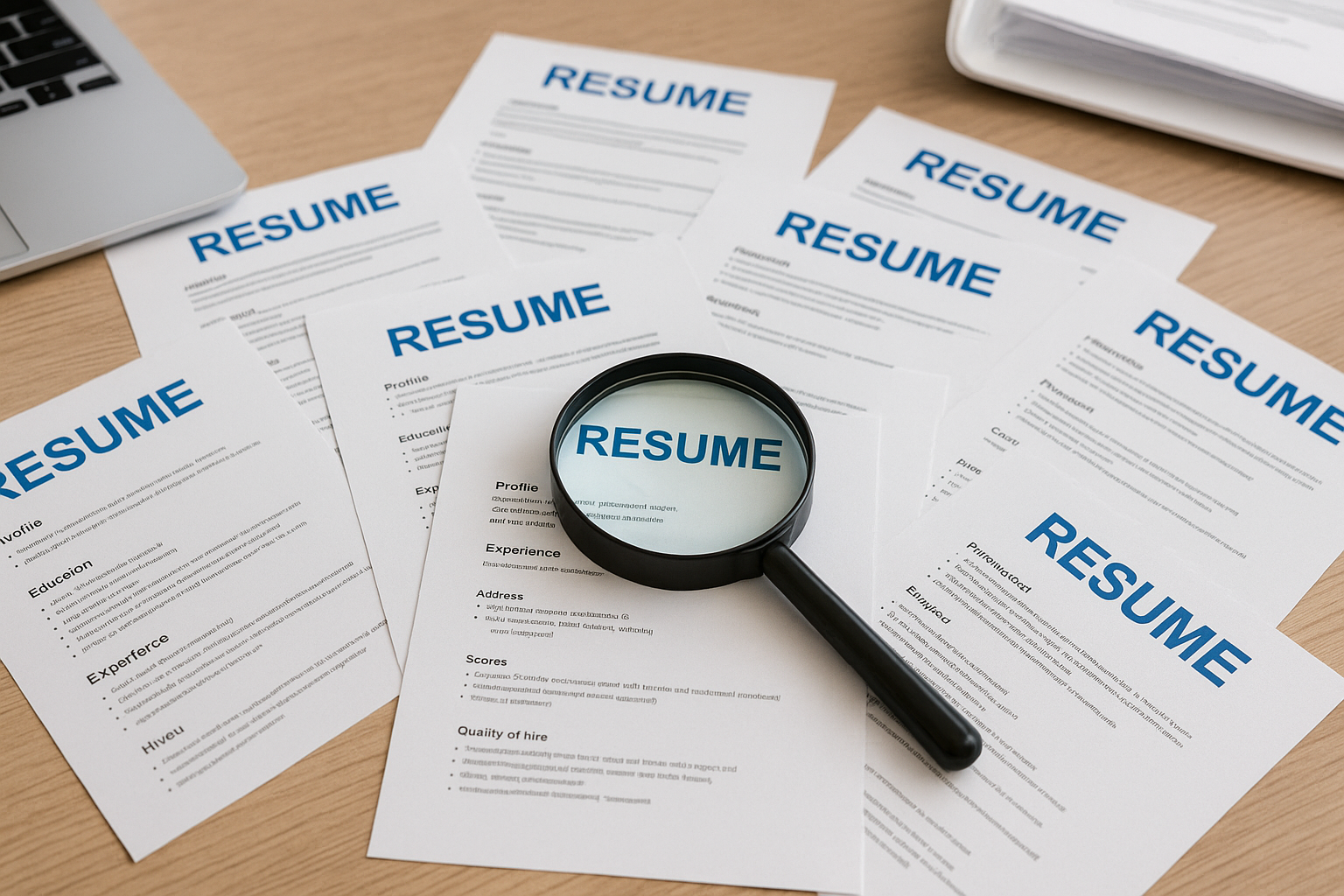The process of hiring new employees is crucial for businesses of all sizes, as it directly affects the overall performance and success of a company. However, in recent years, there has been a growing concern about the increasing length of hiring processes and its impact on businesses. In this article, we will explore the effects of prolonged hiring processes on businesses and discuss potential solutions to improve the efficiency of the hiring process.
The Heavy Cost of a Slow-Hiring Process
Loss of Top Talent
A delayed process often spells disinterest to prospective candidates. Consider this – a stellar professional who is actively seeking employment is likely to have multiple offers. With every round of interviews postponed, that individual becomes increasingly susceptible to accepting a more prompt and attractive offer elsewhere. The casualties in this scenario are organizational – you lose the chance to onboard potential innovators and leaders.
Decreased Productivity
A vacancy places an added burden on existing employees, depleting their morale and productivity. The more protracted the hiring process, the longer these deficits persist, sapping the strength of the company’s most valuable resource – its workforce. Productivity losses directly impact the bottom line, making prolonged vacancies an especially costly habit.
Rising Financial Strain
Managing a hiring process entails nuanced budgeting, and an extended cycle can distort these projections. Beyond essential HR resources, extended hiring periods intensify costs related to marketing open positions, background checks, and additional assessments. Furthermore, the indirect costs related to productivity losses consolidate the argument for swift recruitment.
Small Business, Big Impact
Stifling Growth and Competitiveness
For small businesses, every position filled carries considerable weight. A prolonged vacancy can derail operational plans, denting the company’s capacity to grow and adapt to market demands. Furthermore, smaller ventures often face higher instances of staff multitasking, making the loss of a team member more acutely felt in day-to-day operations.
Resource Strain
Small businesses, more often than not, have limited HR resources. Sustaining the prolonged urgency of a hiring process can stretch these reserves to a breaking point, diverting critical attention from other developmental areas, such as employee upskilling and retention strategies.
The Human Aspect of Hiring
Burnout and Turnover Among HR and Hiring Managers
The onus of a lengthy hiring process doesn’t just affect business metrics. HR professionals and hiring managers bear the weight of the process’s logistical demands and often burn out or become disillusioned by the lack of improvement in staffing levels. The very individuals responsible for sourcing the company’s talent pool can end up seeking opportunities elsewhere. For further insights on Minimizing Employee Burnout, click here.
Strained Employer-Employee Relationships
Among the existing staff, delayed hiring can foster a sense of neglect and distrust in the employer’s commitment to ensuring a harmonious work environment. This undercurrent of dissatisfaction can lead to a downtrend in corporate loyalty and engagement, exacerbating the challenges of talent retention.
Streamlining the Path to Hiring Efficiency
Leveraging Technology for Automation
Modernizing the hiring process with streamlined applicant tracking systems (ATS), predictive analysis tools, and automated scheduling solutions can significantly abbreviate the timeline from initial application to job commenced. These technologies not only expedite communication with candidates but also improve the overall candidate experience.
Enhancing Communication and Collaboration
Clear and consistent communication between HR, hiring managers, and candidates is pivotal to avoiding recruitment bottlenecks. Regular status updates and aligned expectations keep all stakeholders on the same page and the process moving forward efficiently.
Implementing Structured Evaluation Criteria
A well-defined and standardized interview process prevents decision paralysis and the imposition of additional, time-consuming stages later in the process. A concerted effort in the initial stages to align key criteria for the role ensures that each candidate is evaluated uniformly and expediently.
Conclusion: The Time is Now to Optimize
A prolonged hiring cycle isn’t just a tale of missed opportunities; it’s a story of lost momentum, heightened stress, and preventable financial outlays. In the competitive marketplace, agility and foresight are the hallmarks of thriving enterprises. Businesses that recognize the strategic urgency of an efficient hiring process are better positioned to adapt, innovate, and lead. The statistics speak for themselves – an optimized hiring cycle secures not just talent but future growth.



